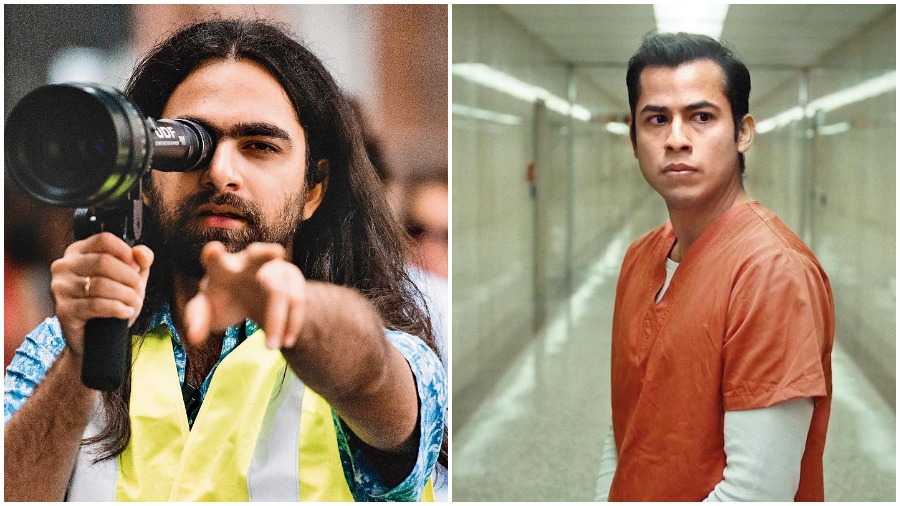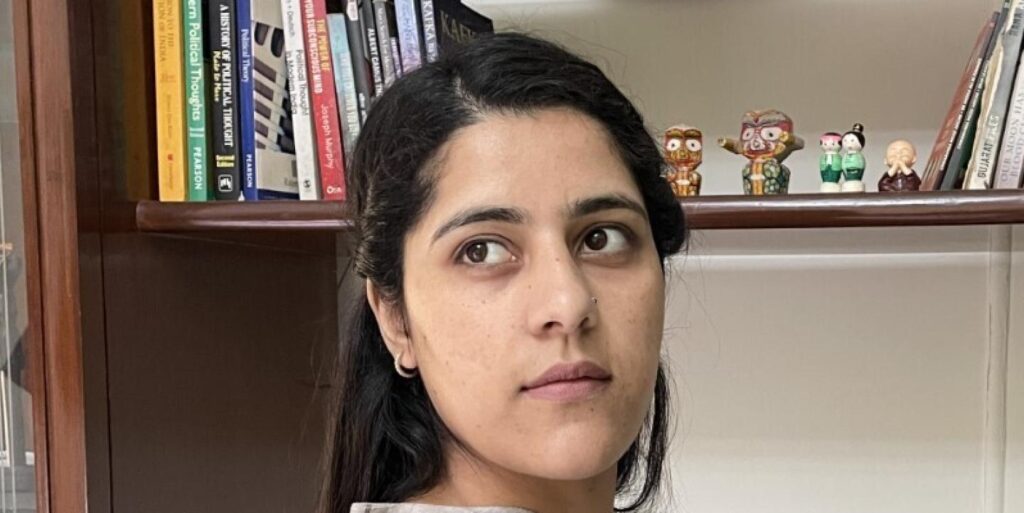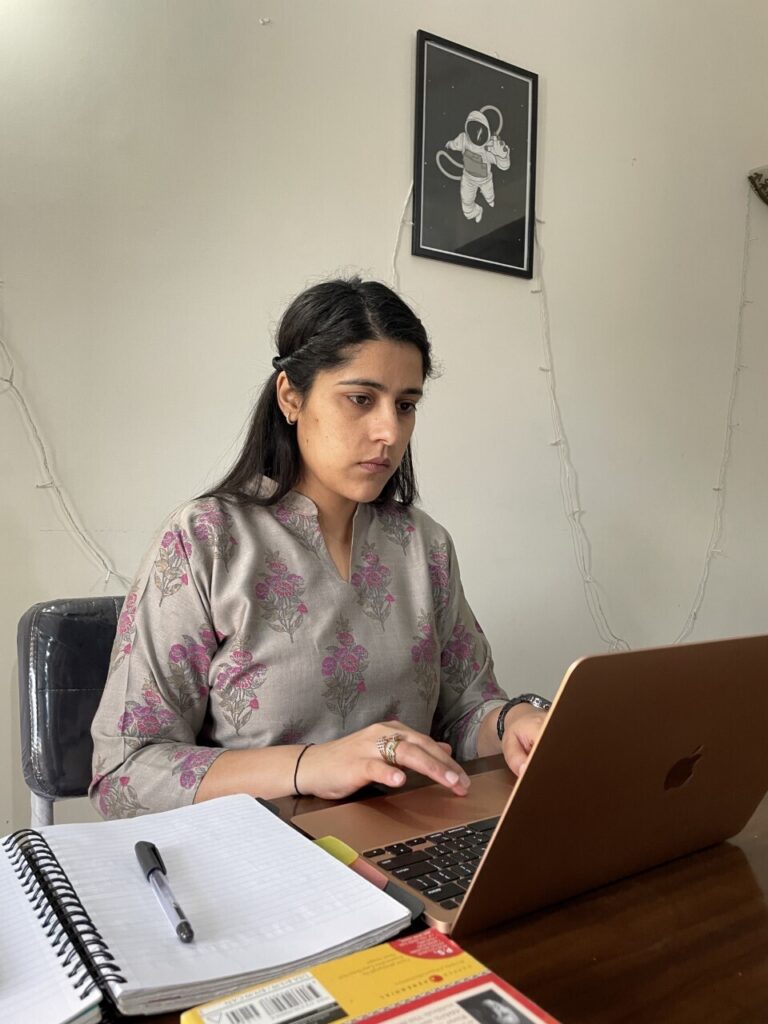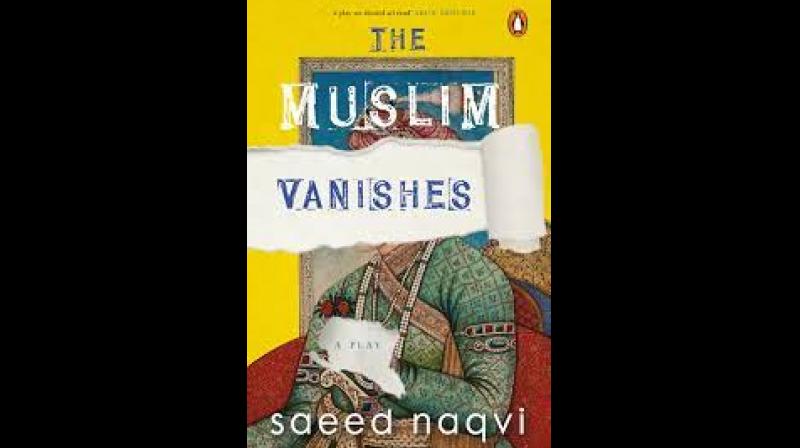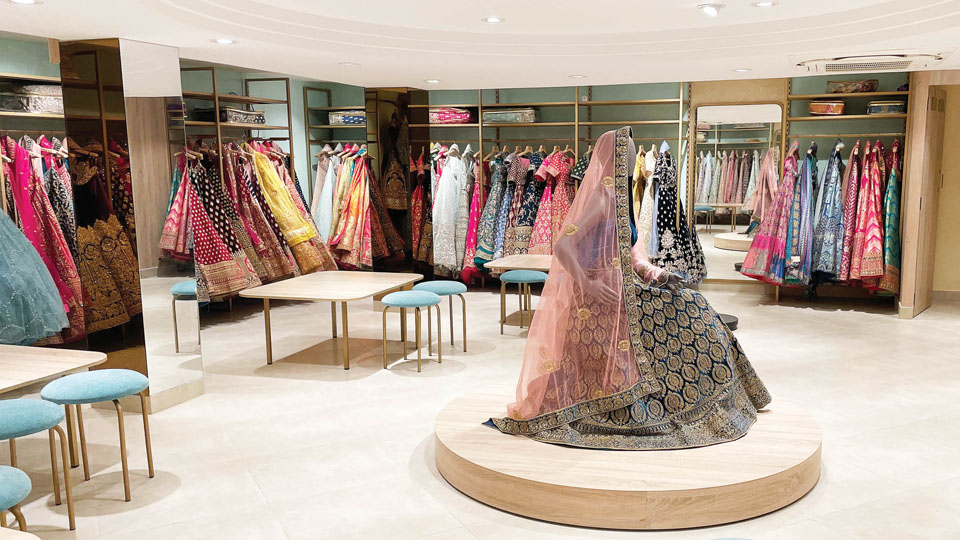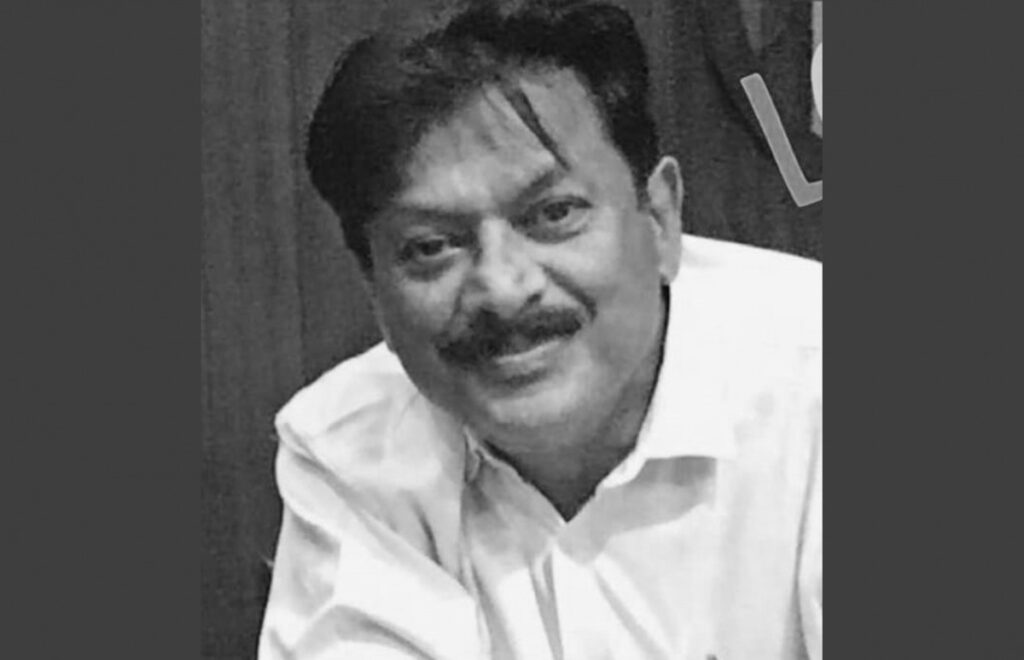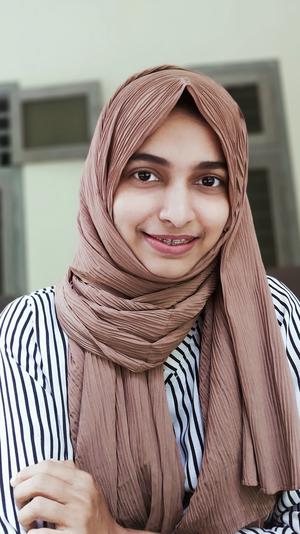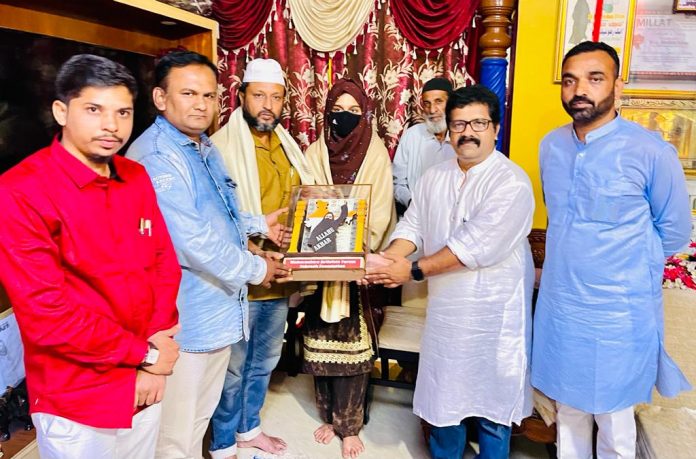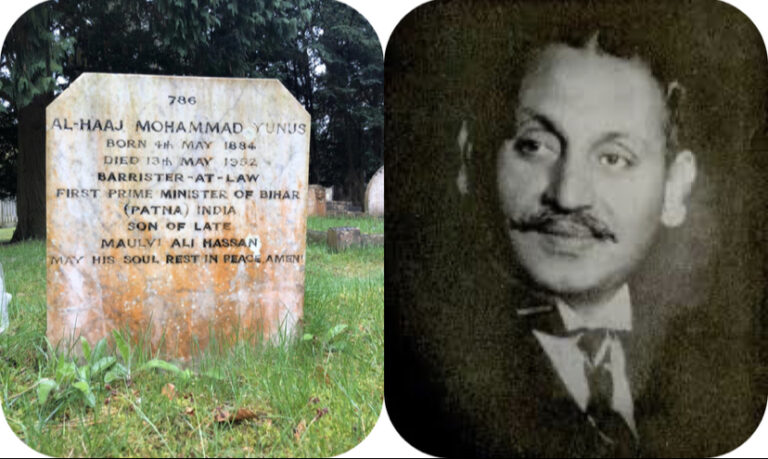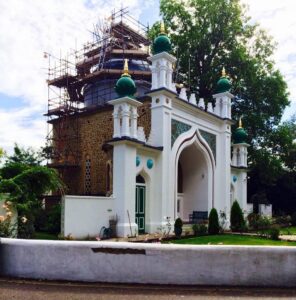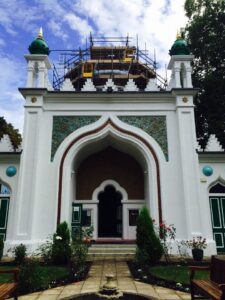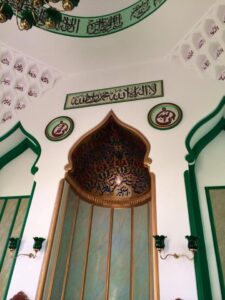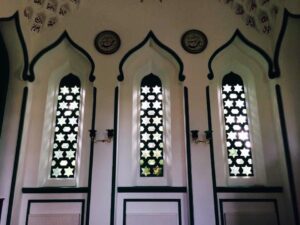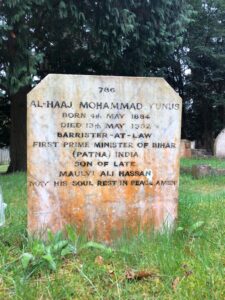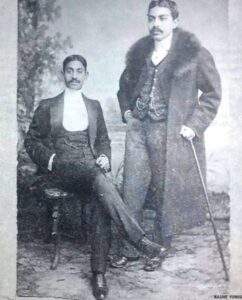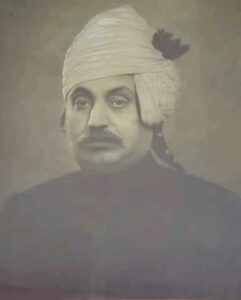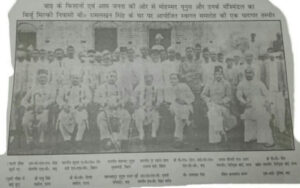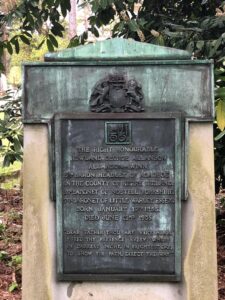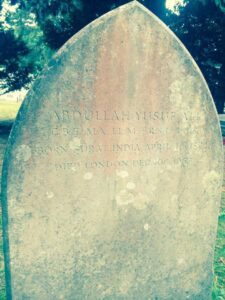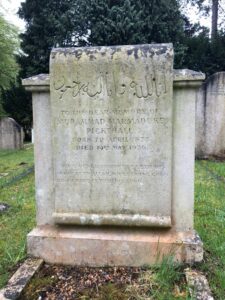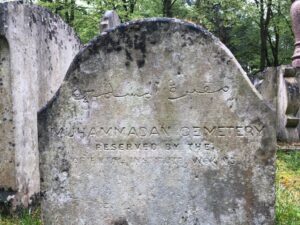NEW DELHI / Chicago, U.S.A :
Muzaffar Alam’s ‘The Mughals and the Sufis’ is a remarkable and original work of scholarship.

The literature on the precepts of Sufism and the chronicles of its saints across various orders has a deep and prodigious lineage: from the great Kashf al-Mahjub of al-Hujwiri and the Risala of al-Qushayri, through Abdul Rahman Jaami’s Nufahat-ul-Uns, the wonderfully lucid Sakinat ul Auliya and Safinat ul Auliya, written by the 17th century Mughal Crown Prince Dara Shukoh, to the monumental compendium, A History of Sufism, by Saiyid Athar Abbas Rizvi, in our own times. The examination of the subtle and complicated interplay between religious doctrine, political influence, legitimacy and kingship throughout the Islamic period in India, though, is more recent.
Muzaffar Alam’s earlier book, The Languages of Political Islam in India c 1200-1800, published in 2004, was an important contribution to this discourse. It offered a fresh perspective by decoding the political vocabulary of those times to reveal the calibrations in theology, injunction and juridical practice, as Islam gradually became more “Indianised”.
In his new book, The Mughals and the Sufis – Islam and Political Imagination in India: 1500–1750, Alam once again breaks new ground, this time by harmonising two major domains of scholarship – Mughal History and Indian Islam – honed with painstaking care over a lifetime of study. What emerges is a highly nuanced and complex examination of the relationship between Mughal political culture and the two dominant strains of Islam’s Sufi traditions in South Asia: one centred around orthodoxy, the other focusing on a more inclusive and mystical spirituality.
The Sufi trajectory
The constituent chapters in the book, which can also be studied as stand-alone essays, chart the trajectory of the various Sufi silsilas and their principal actors, from the early, tenuous days of Babur and Humayun, through the 16th and 17th centuries, as the imperial position shifted from the more liberal outlook of Emperor Akbar (r 1556–1605) to the rigid attitudes of his great-grandson, Aurangzeb ’Alamgir (r 1658–1701).
Alam premises his critical study on a large number of contemporary Persian texts, court chronicles, epistolary collections, and biographies of Sufi mystics. Interestingly, the Maktubat-i Khwaja Muhammad Saif al-Din, compiled by Muhammad A’zam, Khwaja Muhammad Nasib Andalib’s Nala-i’ Andalib, and Muhammad Akram bin Shaikh Muhammad Ali’s Sawati‘al-Anwar are accorded no less importance than the staple Akbarnama or Badauni’s Muntakhab al-Tawarikh, known to every student of Mughal history.
This particular approach to Alam’s programme of study for his latest book serves two functions. First, his focus on relatively lesser-known figures and their writings, as well as many rare manuscripts, automatically inducts these long-underutilised texts into the bibliographical repertoire of mainstream historical research. Second, his own investigations enable Alam to challenge popular notions about the Sufis, upend unitonal hagiographic narratives of Sufi silsilas, and provide an alternate system of coordinates through which to view our cultural and religious history, in the process, reorienting our understanding of political Islam during the Mughal period.
A fundamental aspect of reappraisal is the relationship of a Sufi leader with the Mughal emperor. The usual perception is that the sole function of a Sufi saint was to be a spiritual pir (preceptor) for his murids (disciples), including those of royal blood. Alam cites numerous instances to the contrary, following a tradition that harked back to the Naqshbandi Sufis of Timurid times.
One of the key figures to emerge in this context is Khwaja ’Ubaid-Allah Ahrar, whose disciples included Timurid rulers and a number of their vassals throughout Central Asia. He and several of his descendants claimed they were not spiritual masters alone, but also the source of strength and assistance in the dispensation of politics as well as power struggles.
Although Khwaja Ahrar had died several years before Babur appeared at the threshold of Hindustan, the latter nevertheless ascribed many of his military achievements to the benediction of the pir. Most famously, at the Battle of Panipat against Ibrahim Lodhi in 1526, Babur, facing an enemy force that vastly outnumbered his own, is said to have meditated upon the image of the Khwaja, who then appeared as a horseman dressed in white, routing the Afghans.
Breaking myths
The Mughals and the Sufis also dispels some lingering stereotypes around the positions of the pirs in the Chishti and Naqshbandi orders. For instance, the Chishti pirs didn’t necessarily find ready disciples in the early Mughals and winning their allegiance was no trivial matter. A case in point is Shaikh ’Abd al-Quddus Gangohi, a member of the Sabiri branch of the Chishti order.
Khwaja Gangohi was a prominent preceptor of the Afghan elite at the Lodhi court, in fact, very nearly – the official royal pir. But as Babur established his supremacy in northern India through a series of brilliant, swift military campaigns, it took all of the Khwaja’s wisdom, tact and diplomacy, to reconcile himself to the rapidly changing realities. For his very vocal support of the Afghans, he had to suffer humiliation at the hands of the Mughals.
A similar stereotype concerns the perception of the non-inclusive, intransigent position of the Naqshandis throughout their history, as something of a monolith. Alam shows that the fervour of orthodoxy did sustain itself, from the pirs who were contemporaries of Amir Timur, to the Ahraris in the 15th and 16th centuries, through to the strident conservatism of Shaikh Ahmad Sirhindi and his followers in the 17th century. Aurangzeb’s unwavering support of the Naqshbandis ensured that the family of Shaikh Sirhindi enjoyed a favoured position at the imperial court.
Not only did this influence continue well after Alamgir’s reign, evidence is sighted of its influence outside the court in Delhi, for instance in literary circles, and beyond the capital, making inroads among sections of the civil society in Awadh, hitherto firmly entrenched in the Chishti-Sabiri tradition.
Through the following two centuries, however, Alam explains how a more muted and inclusive tenor of discourse developed within the Naqshbandi order, their change in position underscored by the triple forces of reformism, revivalism and modernism or Westernisation. Certainly, challenges from the West played a material role in changing the approach of modern Muslim intellectuals to Sufism.
Underlying many of the discussions are themes of influence, rivalry and conflict. Documentary evidence points to Sufis playing a role in informing and modulating imperial policy. Likewise, it is shown how the struggle for supremacy among rival princes (and princesses) was mirrored in the rise and fall of imperial allegiance to various silsilas.
Thus, when Akbar, at the peak of his religious innovations, is confronted by the outraged Naqshabandis, it is the latter who have to recant. And not long after Aurangzeb ascends the throne as the emperor Alamgir, Dara Shukoh’s Qadiri pir, Mullah Shah, is summoned to the imperial court and interrogated by the ’ulama. When it comes to a deeply critical and iconoclastic element of the Sufis, such as Sarmad Kashani, nothing less than execution would satisfy the emperor and conservative clergy. Viewed through this prism, the narrative of political Islam appears as a glazed mirror of the vicissitudes of princely wars of succession, and the leanings and idiosyncrasies of successive emperors.
What the women did
One of the criticisms that is often levelled against the academic patriarchy of medieval history is its scant attention to the women of the imperial household, their role and influence in contemporary politics and decisions that morphed and changed the empire. In this regard, the chapter-essay, “Piety, Poetry, and the Contested Loyalties of Mughal Princesses, c 1635-1700”, is a welcome inclusion in the present volume.
The legend of Jahanara, as the other-worldly princess who eschewed imperial titles in favour of the sobriquet of al Fakira, is well known. What is less well-known, though, are her allegiances to specific Sufi pirs and silsilas, and those of her sister, Roshanara, and her niece, Aurangzeb’s daughter, Zebunissa. This essay juxtaposes the contrasting religious beliefs and mystical leanings of these three ladies of the imperial household, despite their common upbringing.
Jahanara, even though she was initiated into the Qadiri sect, continued to retain a close spiritual affinity for the Chishti saints, in particular, Nizamuddin Auliya. Her choice is both a continuation of the pluralistic ethos instituted as imperial policy by Akbar, and a reflection of the deeply syncretic views of her favourite brother, Dara Shukoh – views that she wholeheartedly shared with him.
Roshanara played a far less public role than her sister, although she was a shrewd political observer, and increasingly, a key player in the filial strife that led to the War of Succession in 1657, ending with Aurangzeb’s ascendancy to the throne. Her close connection with the Naqshbandi-Mujaddidi order saw her acting as a mediator, during the attempts made by the sect to expand their influence over the entire imperial zenana.
Their sustained efforts to maintain dealings with the princess Zebunissa notwithstanding, the latter was far more inclined towards the practice and patronage of literary pursuits, than to the encouragement of the Mujaddidi brand of Islamic revival.
In a volume that offers much new perspective, the most insightful and striking essay is the penultimate chapter, “In Search of a Sacred King, Dara Shukoh and the Yogavsisthas of Mughal India”. In the author’s estimate, the Mughal Empire finds its intellectual and spiritual apotheosis not in the figure of Akbar, but Dara Shukoh, who, he boldly asserts, “is a step ahead of his great grandfather, Akbar”.
With this, Alam breaks with an unbroken line of rather uncritical adulation as regards Akbar that has stretched across generations of historians. For all his astute matrimonial alliances with Rajput chieftains, within the pecking order of the Hindu caste system, Akbar could only aspire to the status of a Kshatriya, Alam points out. Dara’s quest was far loftier – like Visvamitra, he sought to synthesise and embody the dual powers of the Kshatriya Raja and the Brahmin Rishi.
Akbar’s interest in Hindu scriptures, mythology and epics such as the Mahabharata reflect his curiosity about India’s political culture, but there was no great imperative for him to imbibe Indic norms of governance. In contrast, Dara’s project of translating the Yogavasistha goes well beyond intellectual curiosity or the inclination to recognise alternative formulations of spirituality. He becomes deeply immersed in the text, to the point of inhabiting it.
For Dara, the book is not only a philosophical treatise, worthy of study for a syncretic practicing Sufi – but a political manifesto – as the Crown Prince grapples with the eternal conflict between spiritual truth and temporal power. Rama Chandra is not the indigenous god from a hoary past but, in Dara’s dream, Lord Rama is a fellow-seeker of Truth, an elder brother.
In his quest for mystical and spiritual learning, Dara had perused the texts of several religious cultures, including his own. But it is only in the Yogavasistha, Alam proposes, that Dara finally found his model for the saint-king, one on which he wished to build the moral foundations of his own reign.
In a refracted light, The Mughals and the Sufis can perhaps be seen as an intellectual self-portrait, painted in the hues of scholarship, investigation and analysis. Now approaching his mid-70s, Alam remains as indefatigable as ever, poring over forgotten texts and rare manuscripts, to reveal the haqa’iq wa ma’arif (realities and truths) hidden within them.

The Mughals and the Sufis – Islam and Political Imagination in India: 1500-1750, Muzaffar Alam, Permanent Black.
source: http://www.scroll.in / Scroll.in / Home> Book Review / by Avik Chanda / April 28th, 2021
